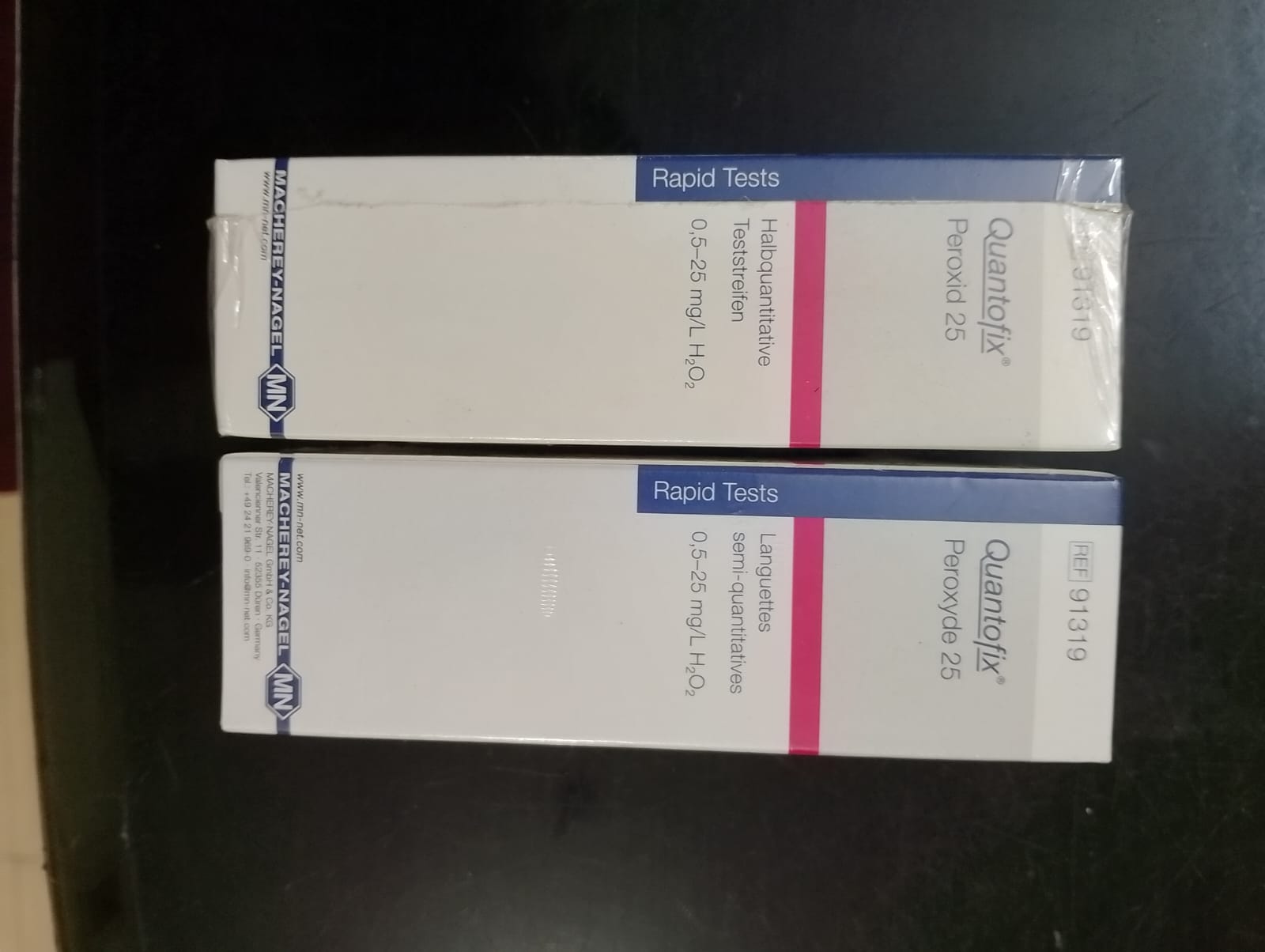
2024-10-21T11:28:42
In chemistry, peroxides are a group of compounds with the structure R−O−O−R, where the R's represent a radical (a portion of a complete molecule; not necessarily a free radical[1]) and O's are single oxygen atoms.[2][3] Oxygen atoms are joined to each other and to adjacent elements through single covalent bonds, denoted by dashes or lines. The O−O group in a peroxide is often called the peroxide group, though some nomenclature discrepancies exist. This linkage is recognized as a common polyatomic ion, and exists in many molecules. General structure The characteristic structure of any regular peroxide is the oxygen-oxygen covalent single bond, which connects the two main atoms together. In the event that the molecule has no chemical substituents, the peroxy group will have a [-2] net charge. Each oxygen atom has a charge of negative one, as 5 of its valence electrons remain in the outermost orbital shell whilst one is occupied in the covalent bond. Because of the nature of the covalent bond, this arrangement results in each atom having the equivalent of 7 valence electrons, reducing the oxygens and giving them a negative charge. This charge is affected by the addition of other elements, with the properties and structure changing depending on the added group(s).

Have a question? Ask here!
Required fields are marked *